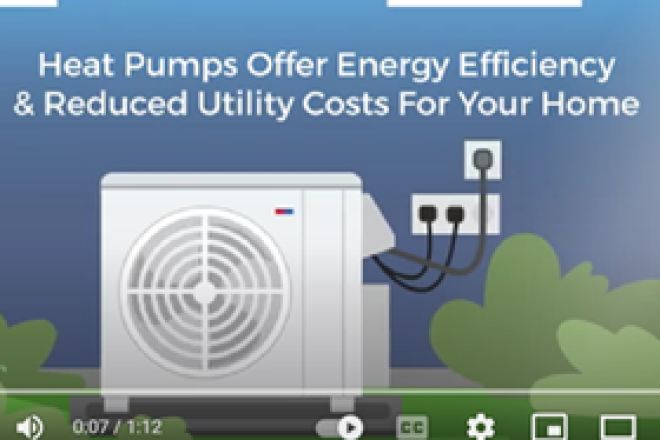
A Guide to Rooftop Solar in 5 Simple Steps
This guest blog post was contributed by EnergySage. To read the first blog in this series, click here.
Solar energy continues to increase in popularity across the country. In fact, 92 percent of Americans are in favor of expanding the use of solar power, and nearly half are actively considering residential solar panels, according to the Pew Research Center.
If you’re among those actively considering your solar options, you may have some questions about the steps to install solar panels on your home. In this article, we lay out the process of going solar in five simple steps.
Step 1: Do your research
Much like all other large investments or home improvement projects, it’s useful to research your options before reaching out to solar companies. A few key topics to focus on include:
- The costs and benefits of solar. How much can you expect to spend (either upfront or monthly) and how much can you expect to save over the lifetime of your panels.
- The technology installed on your roof. Both solar panels and inverters are likely new technologies to you and most other solar shoppers. Because solar panels will stay on your roof for more than 25 years, it’s important to get a basic feel for the quality of the equipment included in solar installations.
- Whether solar is right for you. While over two million homeowners have already installed panels on their property, there’s no one-size-fits-all solar solution, nor is rooftop solar the right solution for everyone. Research your energy options so you can make an informed decision about whether solar is right for you.
Step 2: Get multiple quotes to compare and save
No matter what you’re purchasing, transparency and competition help provide better quality products and lower prices. Multiple studies have shown the same to be true with solar: solar shoppers who receive competing quotes save an average of 18 percent on the cost of solar. To take advantage of this competition effect, get custom solar quotes from at least three solar companies. If you don’t want to do the legwork on your own to track down quotes from multiple highly-rated installers, a service like EnergySage will connect you to up to seven local installation companies at no cost to you.
Step 3: Choose the right system, installer and financing
Solar quotes typically include a wealth of information, and understanding it all can be overwhelming! However, there are a few key details in your solar quotes to pay attention to:
- The cost of the system. Solar quotes typically present costs in a few different ways: upfront costs, monthly costs, and the cost per watt ($/W) of the system. The best way to compare the cost of solar is on a $/W basis – you can think of this standardized metric as similar to dollars per square foot for buying homes. Nationally, the average cost of solar is below $3 per watt.
- The solar equipment. There are a number of options for the solar equipment – primarily solar panels and inverters – you can put on your property. Solar equipment varies in terms of cost, efficiency, power, warranty terms and aesthetics.
- Choosing the right installation company. Finding a qualified, reputable installer is key to a successful solar install. Confirm which certifications and licenses an installer has and check online reviews from recent customers to get a feel for an installer’s quality of service.
- The right financing option for you. There are a few different ways to pay for solar: upfront, with a loan or through a rental agreement, such as a lease or power purchase agreement (PPA). These options vary in terms of your budget, and each has their pros and cons. It’s important to compare how much you’ll pay upfront, how much you’ll pay from month to month, how long the contract term is and who is responsible for maintenance.
Step 4: Install your system
Once you’ve narrowed down your options, it’s time to make a decision. It’s always a good idea to have an installer out for a (typically no-cost) site visit before making your decision. This gives you the opportunity to meet the installer in person and allows the installer to take any measurements they need to finalize your system design and quote.
After you decide to move forward and sign a contract, your installer will obtain any necessary permits from your local or state government. With a building, electrical and/or solar permit in hand, your solar installer will schedule a date to come out to install the panels on your roof and to connect it to your home. Your installer will need access to your roof and electrical panel for the install. In many cases, the entire install can be completed in a single day.
Step 5: Power your home (and your savings) with the sun
Before you can turn on your solar panel system, you need final inspections from your local government and, often, your utility to confirm that the installation is safe and up to code. After they complete these final checks, you will be granted “permission to operate”, or PTO, at which point you can flip the switch on your panels to start receiving the benefits of solar panels in your home and in your wallet.
While solar energy has many benefits for homeowners, installing solar panels on your home is major investment that should be carefully considered. By following these five steps, you can help ensure that you’ll install a system that meets your energy goals.
Want to learn more about renewable energy and the many benefits it can deliver? Check out our guidebook and video here.


